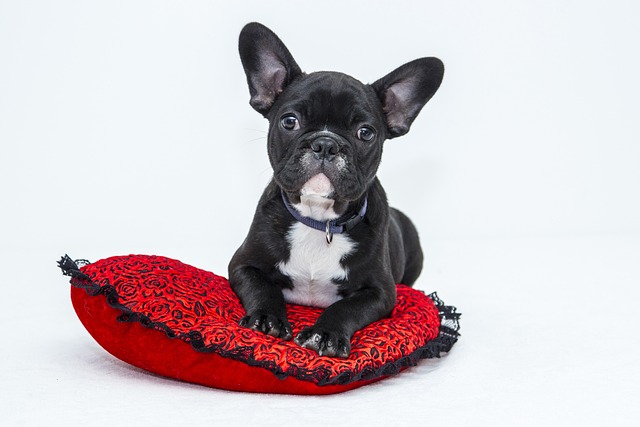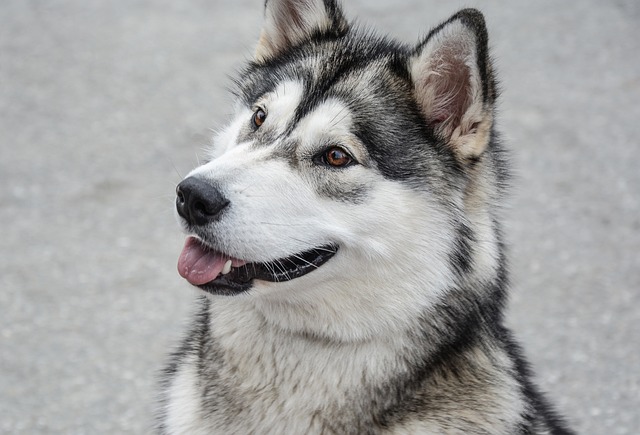
What should I feed a small breed puppy
That tiny ball of energy bouncing around your feet has nutritional needs as unique as their personality. Feeding a small breed puppy isn't just about giving them less of what a big dog eats
That tiny ball of energy bouncing around your feet has nutritional needs as unique as their personality. Feeding a small breed puppy isn't just about giving them less of what a big dog eats; it's about providing a diet specifically engineered for their rapid metabolism and delicate size. Small breeds like Maltese, Yorkies, and Toy Poodles grow at an astonishing rate, reaching adulthood much faster than larger dogs. This intense growth period demands a calorie-dense, nutrient-rich formula to support their developing brains, bones, and organs. However, their stomachs are incredibly small, so they simply cannot consume large volumes of food in one sitting. The ideal small breed puppy food solves this paradox by packing high-quality calories, protein (at least 25-30%), and essential fats into tiny, easy-to-chew kibble pieces that are manageable for their little mouths.
Your first and most crucial step is selecting a formula that meets the Association of American Feed Control Officials (AAFCO) standards for "growth" or "all life stages," specifically sized for small breeds. Look for a named animal protein—chicken, salmon, or lamb—as the first ingredient. This provides the building blocks for strong muscles. Because of their high energy burn, small puppies are prone to hypoglycemia (low blood sugar), which makes a consistent feeding schedule absolutely vital. Instead of two large meals, plan for three to four scheduled small meals throughout the day. This keeps their energy levels stable and prevents dangerous blood sugar crashes. Always have fresh water available, and remember that any diet change must be gradual. Mix the new food with their current food over 7-10 days to avoid upsetting their sensitive digestive systems, which can be common in these little ones.

This meticulous, science-backed approach to nutrition is a form of preventative care, reflecting a modern ethos of positive, proactive pet ownership. It aligns with the standard practice of using positive reinforcement in training—you're rewarding your puppy's growing body with the precise fuel it needs to thrive. This commitment to their well-being extends far beyond the food bowl. As you nourish your puppy for healthy growth, you'll begin the important work of socialization and potty training on walks. This makes your understanding of local laws and community etiquette paramount. Before any public outing, ensure your puppy has begun their vaccination series as advised by your vet. While they may not be fully protected until around 16-18 weeks, short, controlled outings are important. Furthermore, their small size is no excuse for skipping cleanup duty. Always carrying a supply of poop bags and immediately cleaning up is an absolute must. It's the law, it's a mark of a respectful neighbor, and it's crucial for maintaining hygiene in shared spaces like apartment courtyards.
For apartment dwellers, raising a small breed puppy comes with specific considerations. Their tiny bladders mean very frequent potty breaks, sometimes every hour during the day. Establishing a consistent routine is key to successful housetraining. On walks in densely populated buildings, be extra vigilant. Their small stature makes them vulnerable, so using a well-fitted harness is recommended. Be prepared to gently advocate for your puppy in shared elevators or lobbies, using tiny training treats to reinforce calm behavior around larger dogs and people. Remember, the best food is the one that supports your small breed puppy’s immense growth and energy in a safe, balanced way. By choosing a high-quality, breed-specific formula and pairing it with responsible ownership habits, you're giving your little companion the strongest possible start for a long and healthy life.

That tiny ball of energy bouncing around your feet has nutritional needs as unique as their personality. Feeding a small breed puppy isn't just about giving them less of what a big dog eats

That hopeful gaze and wagging tail when you open the pantry door is a universal dog language for "is that for me?" But in a world of processed biscuits and chews

Many owners start wondering about senior dog food for their 6-year-old pups, but the answer depends more on breed and health than just age.

Watching your dog struggle to keep up on walks or seeing them pant after the slightest activity can spark a desperate search for the fastest way to help them shed pounds.

You’ve been diligently measuring your pup’s weight management kibble for three months, and the scale finally shows they’ve hit their ideal weight

You’re standing in the pet aisle, holding a bag of “weight management” kibble and wondering if it’s really worth the extra cost for your pup who’s started huffing after short walks.